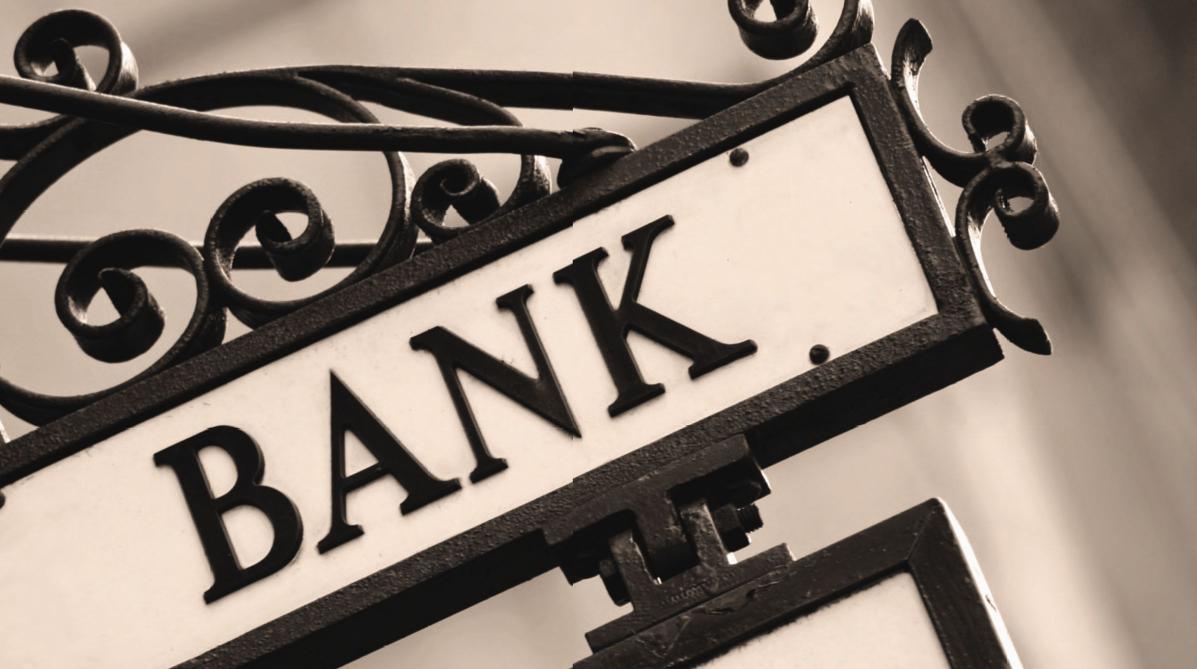One of the main factors behind Iran’s continuing recession is anemic financing. Tehran’s lauded equity market, though one of the largest in the Middle East, is still immature and unable to provide adequate capital for firms. Financial instruments are in the making, but years away from efficacy. A lack of venture capital (VC) means start-ups and small businesses suffer the most.
This situation makes commercial banks the only go-to place for money. Yet, over 30 years of state ownership – until recently – ensured that the sector remained underdeveloped and uncompetitive. Populist policies enacted in the past decade, like forcing banks to fund “unproductive” projects have left the financial institutions with toxic debts. Total non-performing loans (NPLs) are said to amount to roughly $28 billion, with some officials saying it’s actually well over double that amount.
With the $28 billion NPL figure, the average NPL ratio – the amount of NPLs over total loans – stands at around 14 percent. The globally accepted ratio is between three to five percent. The dangerously high amount of bad loans – mostly held by state-owned banks – has called the solvency of these financial institutions into question, and dried up their lending capacity.
The government’s deficit financing coupled with a reduction of the real value of the resulting debt due to hyperinflation, discourages lending and borrowing. This situation has stalled the development of commercial banking in the country. At the end of last fiscal year inflation was 34.7 percent. It is expected to drop below 20 percent this year. Such soaring inflation figures have in recent years led to a flight of money from the banks to currencies and gold, further depriving banks from capital.
Business Monitor International has underlined in its October report that leverage ratios are also very high in Iran’s banking sector vis-à-vis international standards, threatening to impact stability of the industry.
Not So Bleak
Despite its shortcomings, the banking industry is quite sizable, and larger state-owned banks such as Bank Melli and Tejarat Bank benefit from economies of scale. Furthermore, despite the dangerous financial state of the larger state-owned banks, they do enjoy the backing of the Iranian government.
Also most of the larger commercial banks have significant experience in international trade. Though currently tied by banking sanctions leveled against them by the West, they can quickly expand their overseas operations once the restrictions are eased. Bank Saderat Iran was on The Banker magazine’s list of top 10 Islamic institutions around the world, for instance.
Private banks are in a much better position compared with their state-owned counterparts. They are expanding at double the rate of their state counterparts, experts say. Pasargad Bank, for example, ranked second among Iran’s commercial banks, and had the second highest return on assets, according to The Banker magazine’s 2012 survey.
The banking sector has been subject to many stringent sanctions for allegedly funding the country’s nuclear energy program. The central bank and some commercial banks were kicked out of SWIFT, the global financial payment messaging system, in 2012 effectively isolating them. Nevertheless, easing or removal of such sanctions is likely, as a European Union court has recently ruled against the EU sanctions imposed on Bank Saderat Iran.
The administration is now in talks with the P5+1 – the US, Britain, France, China, Russia and Germany – to work out a deal to alleviate sanctions in exchange for addressing issues raised over its nuclear energy program. The negotiations are to end within a fortnight. “Any normalization of relations between Iran on the one hand, and the USA and its allies on the other, could provide the impetus for a huge reform of the banking sector,” BMI states.
The alleviation of sanctions could also be a prologue to the admittance of foreign banks into Iran. The possibilities of Iran’s untapped market are alluring. The presence of foreign banks will increase competition in the banking sector, which is a welcome sight. They would also bring their expertise, boosting productivity and expanding services.
Furthermore, the administration is working to reform the banking sector. The ministry of economy and the central bank are pushing state-owned banks to get their acts in order. Further liberalization of the banking sector will follow in the future.
Despite the turbulence and hindrances that have bogged down the banking industry, prospects are improving. The banks are afforded more room to maneuver, the economy is stabilizing, and Iran’s international relations are on a path of betterment. Iran’s underdeveloped market also provides more opportunities for expansion. Clouds are clearing on the banking horizon, and whenever the banking sector grows the economy flourishes.


